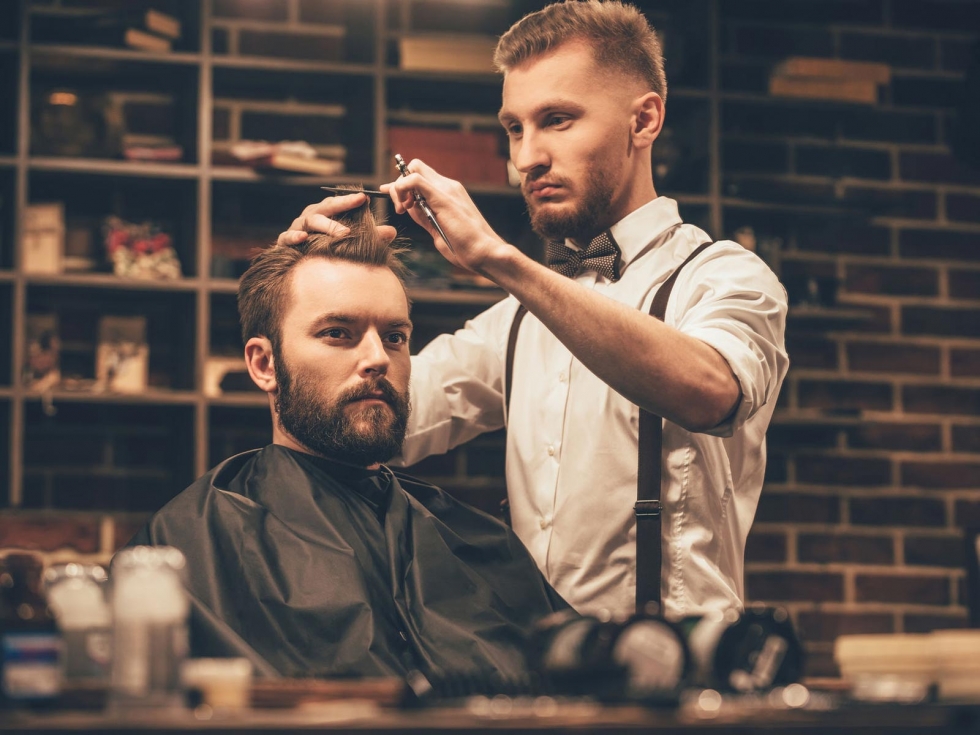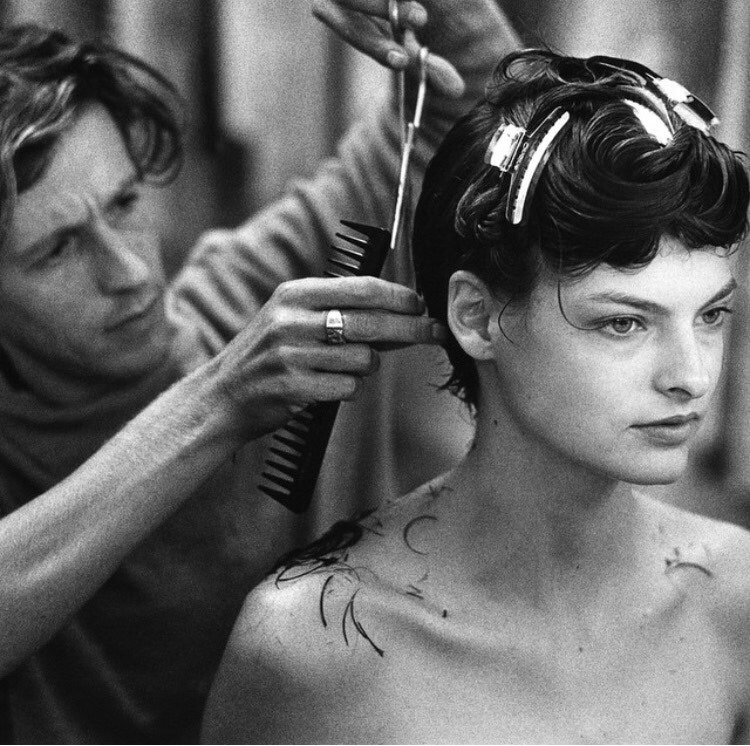
When we think of ‘ergonomics in the workplace’ we tend to think it relates purely to choosing the right type of office chair or desk height. But truth be told, the principle of ergonomics ought to be considered for all professions. Whether you’re desk-bound, standing all day, or performing repetitive motions, it’s essential to keep ergonomic principles in mind.
Those niggling aches and pains you feel? These can easily evolve into diseases or chronic pain in your body if left to chance. Therefore, providing yourself with comfort while you work will allow you to get less tired, feel more productive, and minimise the possibility of occurring issues.
Let’s learn more about the consequences you may face if your working routine lacks ergonomic design, with help from the specialists at https://scissortec.com/ who explain how you can prevent them.
While you might think that tradespeople are the most likely to suffer pain and injury in the workplace, and the most likely to run to their nearest physiotherapist for knee pain or back pain, surprisingly, it is hairdressers who often experience a range of painful – and often debilitating physical issues as a result of their line of work and a lack of ergonomics in the workplace.
If you’re a hairdresser, it’s crucial to pay attention to all physical aspects of your day-to-day, from adjusting chair seats and stretching, to choosing a perfect pair of high-quality hair cutting shears.

Ergonomics In The Workplace Prevents Repetitive Strain Injuries
Repetitive strain injury affects all people who perform repetitive tasks or motions and work in fixed positions for a long time, for example: office workers, dentists, barbers, hairstylists. Repetitive strain injury (RSI) covers several disorders that can appear in different body parts.
#1 – Carpal Tunnel Syndrome
Carpal tunnel syndrome (CTS) is a common problem resulting from a lack of ergonomics in the workplace. It occurs when the tissue surrounding the tendons of the flexor muscles in the wrist area swell and restrain the median nerve. These tissues are called synovial membranes and allow the tendons to slide and facilitate the fingers’ movement. Swelling of the synovial membrane leads to narrowing the carpal tunnel’s limited surface and eventually provokes nerve infringement.
The most common CTS symptoms are:
- Numbness, tingling, and pain in the arm;
- Feeling of “electric discharge,” usually in the area if the thumb, index, and middle finger;
- Unintended dropping items from your hands;
- Unusual feelings and pains “running” along the arm in the direction of the shoulder.
Symptoms usually appear gradually, without connection with the injury. Most people notice them predominantly in the thumb area, but all the fingers can also be numb.
In most cases, CTS progresses over time if left untreated. However, the process can be slowed down or stopped at an early stage – for that reason, being mindful of your body sensations is essential.
For example, if the symptoms are directly related to your profession or a specific activity, the progress may not worsen if you modify your activity or stop it. It is also recommended to conduct early medical evaluation and treatment so the damage of the median nerve does not become irreversible.
#2 – Tendonitis
Tendonitis is a disease that is accompanied by the development of aseptic inflammation in the tendon. It can occur acutely or have a long, chronic character. The disease affects the tendons in the elbow, shoulder, knee, and hip joints, but any tendon can be affected. Also, the inflammation may spread to the muscles that are adjacent to the tendon.
One of the leading causes is chronic tendon injury, so tendonitis is most often observed in athletes and people who perform repetitive actions while working physically – such as barbers.
The most common symptoms include:
- Pain that appears during active movements and is projected over the area of the affected tendon;
- Changes in the skin in the affected tendon: redness, local temperature increase, local edema, swelling;
- Pain intensity increases with time.
At first, minor pain does not interfere with your everyday actions. Still, it is crucial to react immediately, as the pain can become more intense, excruciating, and unbearable, disrupting the normal rhythm of your life. In the absence of adequate therapy, tendonitis turns into a chronic form with constant pain and limited motor activity in the joints. Therefore, treatment of the disease should be timely, professional, and comprehensive.
Prevention
Ergonomics in the workplace means making your working routine more ergonomic, so you need to pay attention to the tools you use. For this article, we’ll look at one of the most common professions for the above injuries: hairdressing. If you’re a hairdresser of barber, first of all, upgrade your hair scissors.
Consider factors like handle type, weight, and material, blade length, and type, as well as the haircutting technique you tend to use most often. In short, trying to scrimp on paying for quality steel and choosing a budget tool can lead to an increased risk of injuries or chronic wrist pain.
Professional hair shears come with different handles so you can choose the best one for you. Finding a pair that fits perfectly in your hand will reduce tension on fingers and reduce wrist pain, while providing a more comfortable usage in general. You can choose between an offset handle, opposing grip, or swivel thumb handle. (FYI, professionals generally approve the swivel thumb handle as the most beneficial one.)
Secondly, the type of edge blade will affect the weight of your hairdressing shears. Bevelled edges are perfect for working slowly and for long periods of time. These scissors are usually made of lightweight materials and sit conveniently in your hand. By contrast, convex blades cut smoothly but are heavier and require regular sharpening, so these might be preferred by more experienced cutters.
With all of that said, it is vital that you remember to take breaks, do finger exercises, and maintain a proper posture when performing a haircut! Whether it be slide cutting, thinning, or point cutting, every cutting style requires precise scissor control and hand position, so keeping an eye on these things will help reduce wrist pain and let your fingers rest.
Takeaway Message
Ergonomics in the workplace are a vital factor for any profession. Whether you’re home building or hairdressing there’s no exceptions. Physical problems can arise via any type of work if we don’t make sure our processes are correctly optimised.
To avoid developing diseases like carpal tunnel syndrome, tendonitis, trigger finger and similar ones, you need to choose your professional inventory carefully and implement daily exercises in the first place. And for hairdressers specifically, selecting an ergonomic pair of shears will be the best decision to start from. At this point, you will already be able to lower tiredness and boost your performance level.
MORE – 5 Scalp Exfoliators That’ll Transform Your Hair
MORE – Men’s Style: 3 Expert Hair Care Tips for Great Hair, Every Day

No Comments